
A very common question on the aquarium forums is along the lines of:
“My water parameters are perfect (0 ammonia, 0 nitrites and only 5 nitrates) yet my fish keep dying. Why are my fish dying?”
This person probably has some version of the “sick tank syndrome”. A more descriptive term would be “perfect but sick tank syndrome”. Invariably they will have “dull” or slightly cloudy water. Also, most of the time, the person has the following three factors:
- poor low surface area biofiltration
- feeding too much
- a low protein food
The filter on the “sick aquarium” will need frequent cleaning as it is always mysteriously getting “full of gunk”. And the nitrates will also mysteriously be very low or zero.
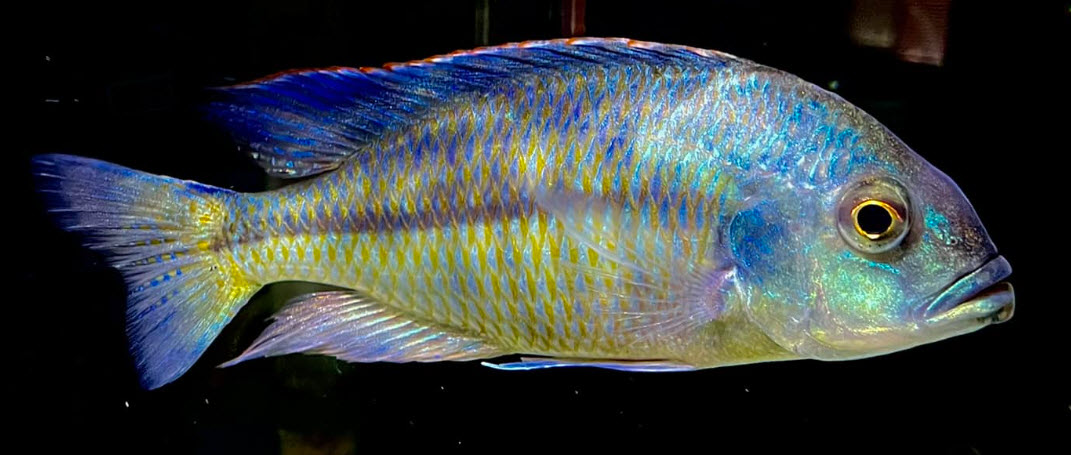
This “sick tank syndrome” is unfortunately very common with newcomers to the hobby. Almost all newcomers have small cartridge filters, either internal or hang on back, which don’t supply the needed biofiltration. Almost all newcomers overfeed their fish. And, if the newcomer has selected one of the off-the-shelf flake fish foods, it will typically have a low protein level. So, it is not uncommon for the newcomer to have fish dying left and right with “perfect water parameters”.
The obvious solutions to a “sick aquarium” are simple:
- Add a LOT of biofiltration (sponge or under gravel filters)
- Reduce food quantity a LOT (what the fish can eat in one minute once a day)
- Use a dry commercial fish food with a protein level over 45%.
Note the emphasis of the term LOT is genuine. Half-hearted responses won’t work here. And generally all three need to be done to obtain a truly healthy aquarium.
We go into the “Sick Tank Syndrome” in greater depth below. Only real aquarium nerds like the author will find it interesting.
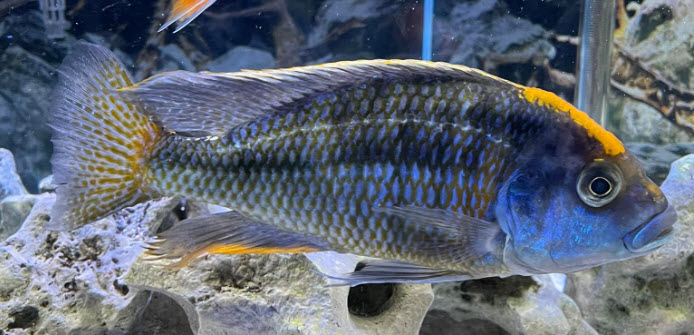
The “Sick Tank Syndrome” in More Depth
Overfeeding a low protein food will result in the brown gunk in the filter absorbing all the ammonia, nitrite, and nitrate. When the filter is cleaned, the nitrogen compounds go down the drain. This gives zero nitrates and “perfect water parameters” in an unhealthy aquarium. This is one reason a test kit is not a good idea for a beginner. This is also why I cringe every time well-meaning soul on social media answers a newcomer with problems with disease in the fish by asking “what are your water parameters?” They should be asking “how clear is your water?”
Note the “45% protein” level is completely arbitrary. In truth there is a continuum between 30% and 60%. 42% won’t be “ideal” but it also won’t be that bad. The key is the clarity of the water. Is the 42% protein food giving crystal clear water? Or is it giving “dull” water or even slightly cloudy water. There is a “threshold” here. But where the threshold will be is very dependent on a multitude of variables. For instance, 34% protein food might give crystal clear water in one aquarium setup while 52% protein food might give “dull” water in another aquarium setup.
Note that if I must buy commercial fish food, I ALWAYS buy the highest protein level I can find.
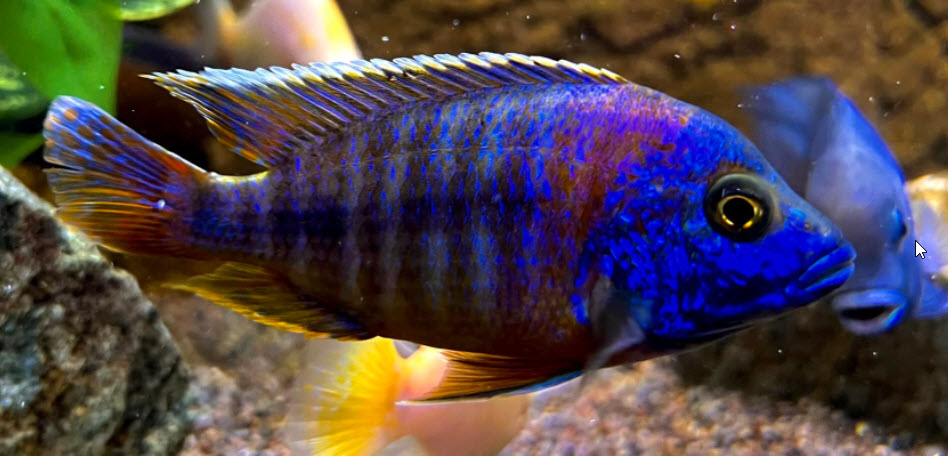
All three factors exist on a continuum. So there is an infinite number of variations. Some combinations will not produce any nitrate, some combinations will produce some nitrates, and some combinations will turn almost all the protein into nitrate. Some combinations will produce crystal clear water, some will not produce crystal clear water. It is the crystal clear water one should strive for. The nitrate is unimportant.
“Dull” or “slightly cloudy” water is unhealthy water, even if ammonia, nitrite, and nitrate are all zero. “Dull” or “slightly cloudy” water is water which is filled with bacteria and a lot of other organisms. These bacteria negatively impact the immune system of a fish, and this indirectly allows disease organisms to attack the fish. The water becomes filled with environmental mycobacteriosis (“Fish TB”) bacteria, epistylis (looks like ich), tetrahymena, and pathogenic bacteria like columnaris and aeromonas. These attack the fish directly.

The Science of the “Sick Aquarium Syndrome”
Several definitions are needed here:
- “Heterotrophic” describes an organism that eats normal foods, like proteins and carbohydrates.
- “Autotrophic” describes an organism that eats a chemical, such as ammonia
- “Denitrification” is the removal of nitrogen compounds (ammonia, nitrite, and nitrate) from the aquarium via natural processes.
- “Assimilatory denitrification” is where nitrogen compounds (ammonia, nitrite, and nitrate) are removed from the aquarium by being incorporated into proteins in living organisms in something such as brown gunk, which is then cleaned from the filter, permanently removing the nitrogen compounds.
Heterotrophic bacteria thrive on carbohydrates. Research has shown most fish only absorb roughly 50% of the carbohydrates they consume. Low protein food has high levels of carbohydrates. So low protein food, especially if fed in excess, will result in a heterotrophic bacterial explosion both in the water column and in the filter.
Note that it is not the heterotrophic bacteria in the filter that is the “problem”. It is the heterotrophic bacteria in the water column which is the “problem”. If one is overfeeding with a low protein food the only way to get a healthy aquarium is to add a HUGE amount of filtration. And I mean HUGE.
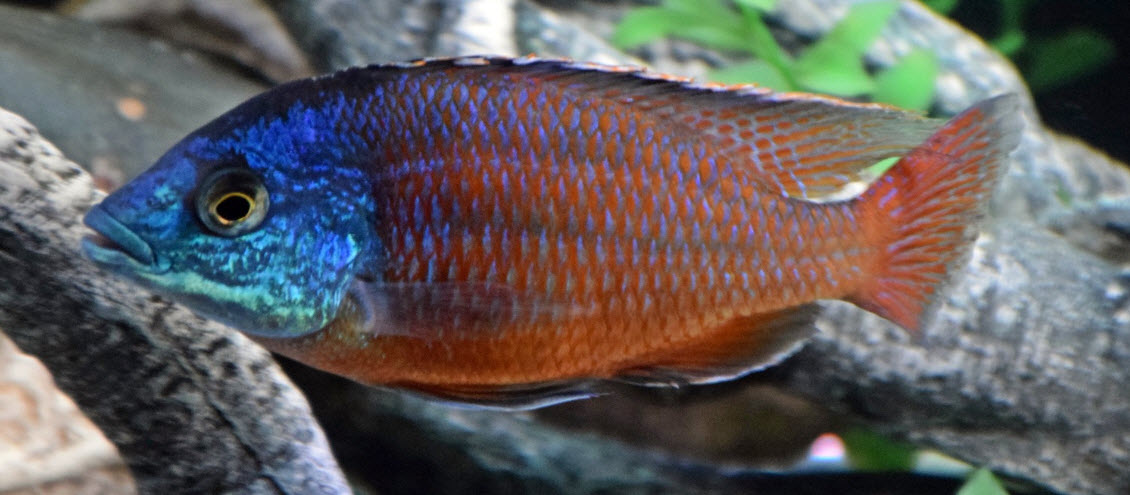
The huge amount of biofiltration is required because there must be huge numbers of heterotrophic bacteria on the surface of the filter if one is overfeeding low protein food. The number must be of sufficient size that on the order of 95% of the dissolved organic compounds (DOCs) are absorbed in 15 minutes of filter operation. This requires on the order of 200 square feet of filter surface area per pound of fish (think an FX6 canister on a 29-gallon aquarium).
Now obviously if one reduces the amount of food and/or adds to the protein content of the food the need for biofiltration will drop. Feeding small amounts of protein rich food might only need 50 square feet of filter surface area per pound of fish to have a healthy aquarium. Note most cartridge hang-on-back filters might have 10 square feet per pound of fish in a typical newcomer’s setup.

The ammonia, nitrite and nitrate can read zero due to the nature of the two types of bacteria. Autotrophic bacteria use ammonia and nitrite both as an energy source and as a source of nitrogen for their bodily proteins. They grow very slowly and need a surface to grow. Autotrophic bacteria produce nitrate.
Heterotrophic bacteria use carbohydrates and proteins as an energy source. Heterotrophic bacteria, in addition to using protein to make proteins, can utilize carbohydrates as an energy source to convert ammonia, nitrites and nitrates to proteins. They grow very rapidly and can grow both in the water column and on surfaces. Heterotrophic bacteria do NOT produce nitrates.
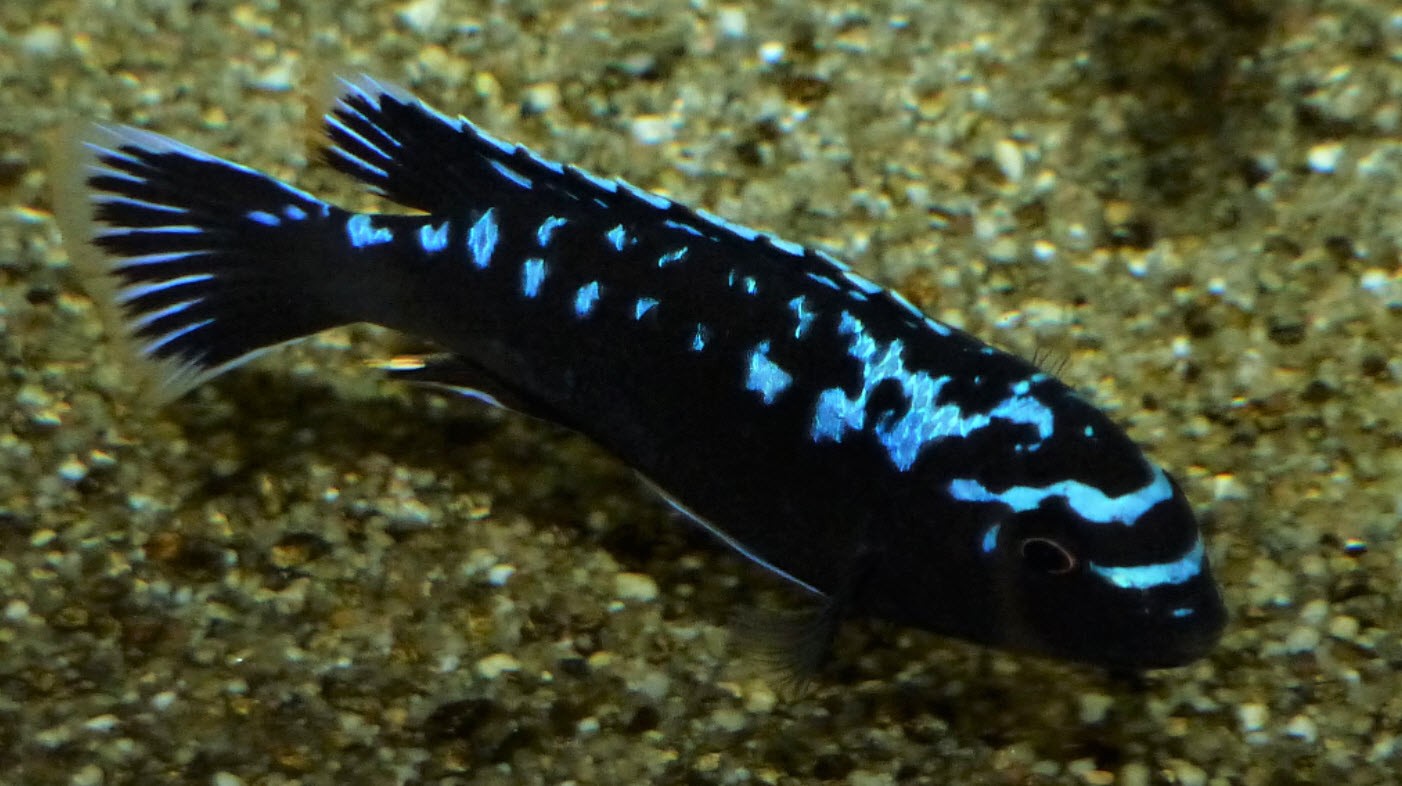
The important point here is that BOTH types of bacteria metabolize ammonia and nitrite. Either type of bacteria CAN give zero ammonia and zero nitrite. Zero nitrate, in the absence of healthy plants, indicates large numbers of heterotrophic bacteria doing assimilatory denitrification and a “sick aquarium”. So, one can have “perfect water parameters” (i.e., 0 ammonia, 0 nitrite and 0 nitrate) and still have a VERY unhealthy aquarium.
Heterotrophic bacteria compete with autotrophic bacteria for both oxygen and surface area; studies show that even in relatively healthy environments, they occupy more than 50% of the available surface area of the filter media. And given that they can reproduce within 15-60 minutes—compare this to the 12-32 hours required by nitrifying bacteria—you can see how easily these heterotrophic bacteria can overwhelm the filtration system.
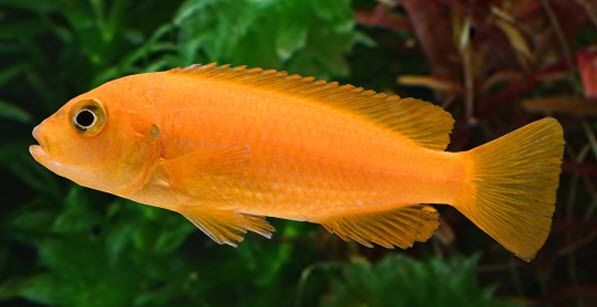
Heterotrophic bacteria can multiply and suppress (not kill) autotrophic bacteria in the filter under certain circumstances not normally seen in the healthy aquarium. But note this bacterial suppression in the filter is NOT a “big problem”. The “big problem” is the bacterial count in the water being high.
The heterotrophic bacteria in the water column both directly and indirectly cause the water in the aquarium to be “dull” or even slightly milky. “Dull” water is the classic symptom of a sick tank. A healthy tank will generally have crystal clear water.
A “sick aquarium” will have very low numbers of autotrophic bacteria and very large numbers of heterotrophic bacteria. The problem comes from the fact that a considerable amount of the heterotrophic bacteria will invariably be in the water column. And bacteria filled water columns are simply very detrimental to most fish.
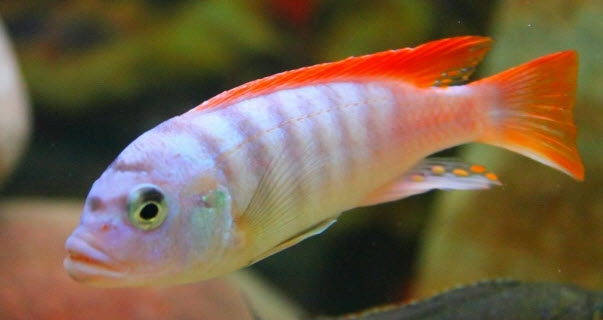
Assimilatory Denitrification
If one takes an aquarium which has been running for even a few days and adds both 4 ppm ammonia and 16 ppm sugar, in two hours the ammonia will be gone and there will be no nitrite or nitrate. The heterotrophic bacteria will very rapidly convert the ammonia to proteins in their bodies using the carbohydrates (sugar) as the energy source. This is “assimilatory denitrification”.
When an aquarium without lots of healthy plants has zero or very low nitrates after an extended period (>2 months) it is almost always due to assimilatory denitrification. Most of the time heterotrophic bacteria are absorbing the nitrates into a bacterial mass, namely the brown “gunk” in a filter. Some of the time plants, fish and algae can also be consuming some of the nitrate via both indirect and direct routes. Any time one is feeding low protein food one can get bacterial assimilatory denitrification.
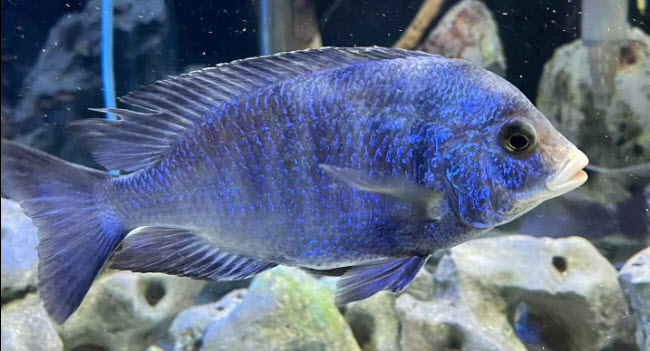
Low protein food gives something called a high carbon to nitrogen ratio. Heterotrophic bacteria thrive at high carbon to nitrogen ratios. With a low protein food that is overfed the amount of brown gunk that can build up in a filter is truly impressive.
This brown gunk can be cleaned weekly with no spike in ammonia or nitrite because the aquarium is running on heterotrophic bacteria, which can multiply very rapidly and rapidly absorb any ammonia or nitrite that forms. The ammonia, nitrite and nitrate are being removed from the aquarium when the brown gunk in the filter is cleaned out. This is a classic case of assimilatory denitrification.
More about this can be found in this article:
8.9.3. Assimilatory Denitrification
Newcomers to the hobby (and most experienced hobbyists) will be understandably mystified by this process. After all, everything APPEARS to be perfect with the setup. After all the “water parameters are perfect”. But fish keep dying and getting disease. Typically, these hobbyists will have “sick aquarium syndrome”.
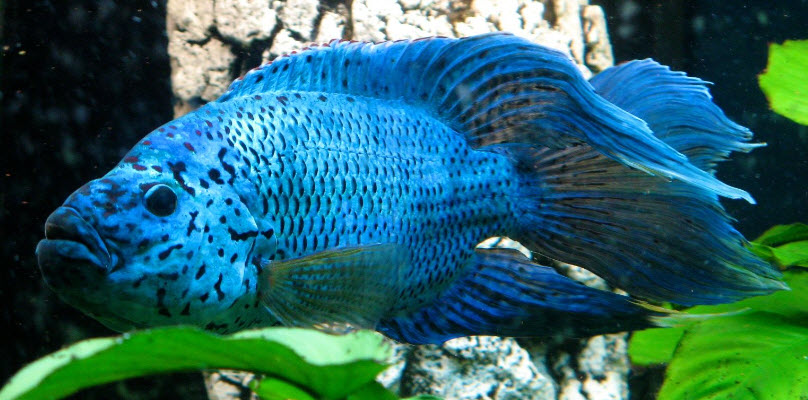
“Sick Planted Tank Syndrome”
VERY rarely an established low tech or Walstad planted tank will just “crash”, with dying leaves and thick grayish brown “goop” on anything and everything. This is a version of “sick tank syndrome” where, instead of low protein food provided carbohydrates for a high carbon nitrogen ratio, dying plant leaves add the carbohydrates. The amount of gray gunk that can rapidly form in thick clumps is amazing. The typical water parameters are ammonia 0, nitrite 0, nitrate <5. Fish in the aquarium are typically unaffected.
A crashing low tech planted tank with little filtration will form a bacterial/water mold gunk in the tank, on the substrate, rock, ornaments and the plant leaves in copious quantities. This will cause further deaths of all the leaves which are submerged in the aquarium. This can rapidly turn a very nice planted aquarium into a cesspool of gray gunk and detritus. And it will puzzle even the most experienced of hobbyists. “My water parameters are perfect. Why is all this gray gunk forming and why are my plants all dying?”
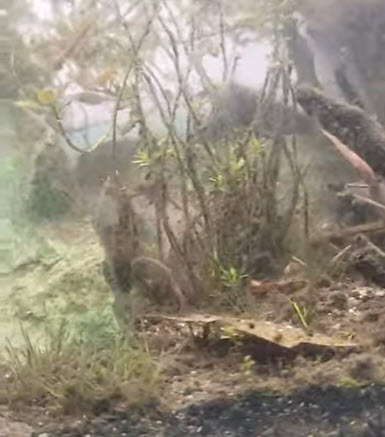
This syndrome is commonly due to a “cascade”:
- a plant nutrient such as nitrogen becomes too low
- a large plant or group of plants die because they lack the nutrient.
- The leaves of the plants have slowly over many months or years gathered large amounts of carbon dioxide from the atmosphere and have formed quantities of carbohydrates in the form of leaves.
- As the leaves die they release the carbohydrates into the water.
- The carbohydrates feed heterotrophic bacteria and water mold, two organisms which love high carbohydrates (in other words, the carbohydrates make for a high carbon to nitrogen ratio).
- Heterotrophic bacteria and water mold very rapidly form thick clumps of gray brown gunk everywhere in the aquarium.
- The heterotrophic bacteria and water molds further reduce the nitrogen levels and a “closed loop cascade” forms, rapidly turning the aquarium into a detritus filled tank of dying plants.
A common misconception is that the gray/brown gunk is algae. Often overlooked is the fact that algae are PLANTS. Algae need nitrogen, just like vascular plants. Chlorophyl synthesis needs nitrogen, a lot of nitrogen. So anything that is green needs nitrogen. Heterotrophic bacteria and water molds are two organisms which love carbohydrates but need little in the way of nitrogen. And while algae can double in cell population in days, bacteria and water molds can double cell numbers in minutes. So the very fast growing brown gray gunk is NOT algae. It is bacteria and water molds.
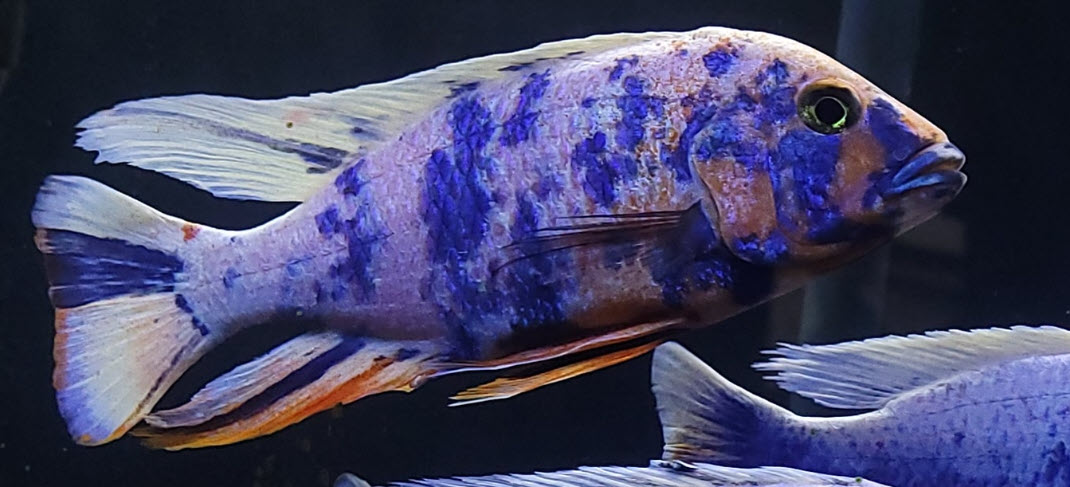
Several 95% water changes and adding a lot of biofiltration can remove the carbohydrates and stop the cascade. But it is a lot of work. All dead and dying plants need to be removed from the aquarium. Some fertilizer can revitalize the remaining plants.
More Information
If one has a lot of fish dying over a span of time this article will be useful:
1.7. Slow Fish Deaths
Return to Fish Basics Menu
.
Aquarium Science Website
The chapters shown below or on the right side in maroon lead to close to 400 articles on all aspects of keeping a freshwater aquarium. These articles have NO links to profit-making sites and are thus unbiased in their recommendations, unlike all the for-profit sites you will find with Google. Bookmark and browse!
.

Dave says
In reply to Amadi ….. translation: “Thank you for your efforts and for this very interesting article. Unfortunately, I think I am currently encountering this problem in my 300l tank launched about 2 months ago, total absence of nitrates. The plants don’t seem to like it. Besides, they don’t even take root. I’m at a loss and don’t know how to fix this…” Try fertilization with potassium nitrate to a level of 20 ppm nitrate. Filter and aerate as much as possible. Lower your feeding way down.
Amadi says
Bonjour,
Merci pour vos efforts et pour cet article fort intéressant. Malheureusement, je pense que je rencontre actuellement ce problème dans mon bac de 300l lancé il y a à peu près 2 mois, absence totale de nitrates. Les plantes n’ont pas l’air de se plaire. D’ailleurs, elles ne s’enracinent même pas. Je suis démuni et je ne sais pas comment corriger cela…
Archie says
Thanks David! It was always enjoyable reading your insightful writing. Your explanation on various tank syndromes based on autotrophic and heterotrophic bacteria makes perfect sense to me now in retrospect from my past several years of owning 6 aquariums.
I really appreciate your effort to explain the fundamentals of this hobby in a logic and scientific way. Let us know if you accept donations. This is a lot of work and it helps a lot of people.
Dave says
In reply to Mary … As mentioned in the last comment, neons are NOT an easy fish to keep. Throw the CO2 plant booster out. It can be killing your fish. Feed once a day. 42% is probably just fine food. What is your filtration like? Do you just lightly vacuum (best course) or do you do heavy duty “deep” vacuuming?
Mary Sullivan says
I have the same issue. I had six fish for a long time so I thought my tank was fine. I’ve just bought approx 8 neon tetras, and some other small fish and so far two of the original fish (that were the only remaining from the last fish I bought six months ago) have died – one each night. And I don’t know where they are, but I only seem to have six or seven neons left. I do 25% water changes each week and vaccuum up all sorts of stuff from the bottom of the tank. And yes, the parameters say everything should be fine.
Everyone tells me that neons are the easiest fish to keep, but it appears not. I only do 25% as it is a really big tank (30 something gallons) and that is a lot of water. I was sold two different plant boosters. CO2 booster and leaf zone. and the food I feed is 42% and 43%. Should I only feed the fish once a day? Is that protein enough? I have had pond fish live for 20 years and a cat for 18 but I can’t seem to keep a fish tank alive. The tank is crystal clear.
Dave says
In reply to Kirsty ……. Don’t be surprised if all the neons die. Because neons are from extremely low bacteria blackwaters, they are not an easy fish to keep. They are very prone to several diseases, the worst of which is neon tetra disease. They need groups of at least six with extremely low bacteria count water. Low bacteria water is “crystal clear” water, typically found only in well-established aquariums with lots of biofiltration and very low feeding rates. http://aquariumscience.org/index.php/11-12-neon-disease/
Kirsty says
Hi Dave,
I’m 100% new to this I only have a 19 litre tank with a 1x betta 4x neons and 3x snails all was good everyone was happy. I went to the shop early and told them my set up and they sold me 2 more snails and 4x bottom feeders.
Just this evening 1 of my neons and 1 of the new bottom feeders have die. I’m gutted thought I was doing a good job and the tank was doing well now this I’m worried there all going to start dieing? Any advice please?